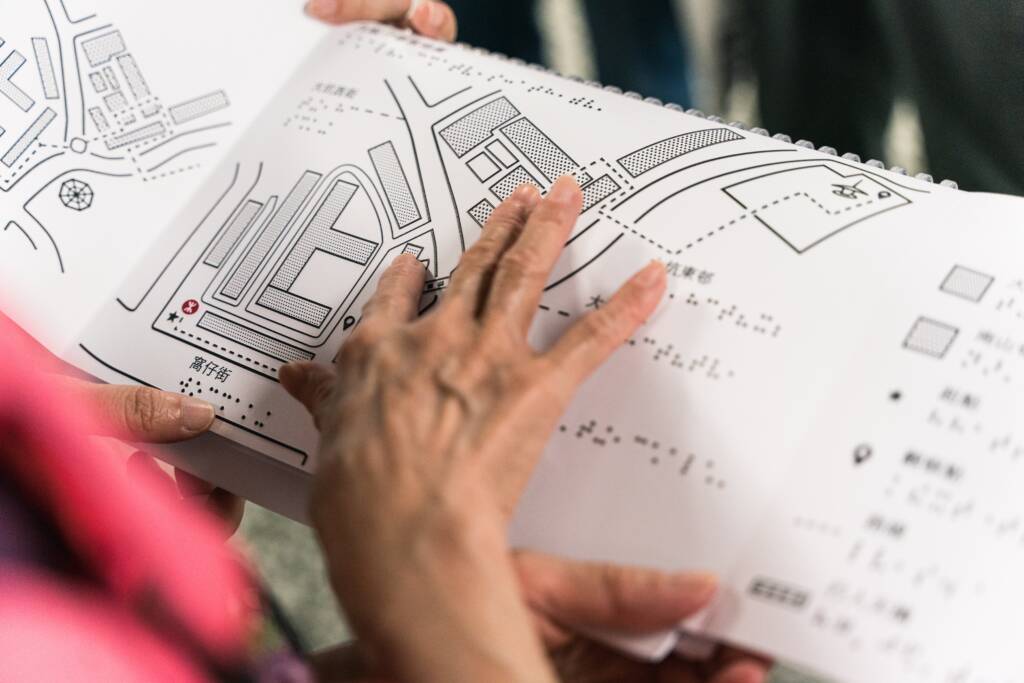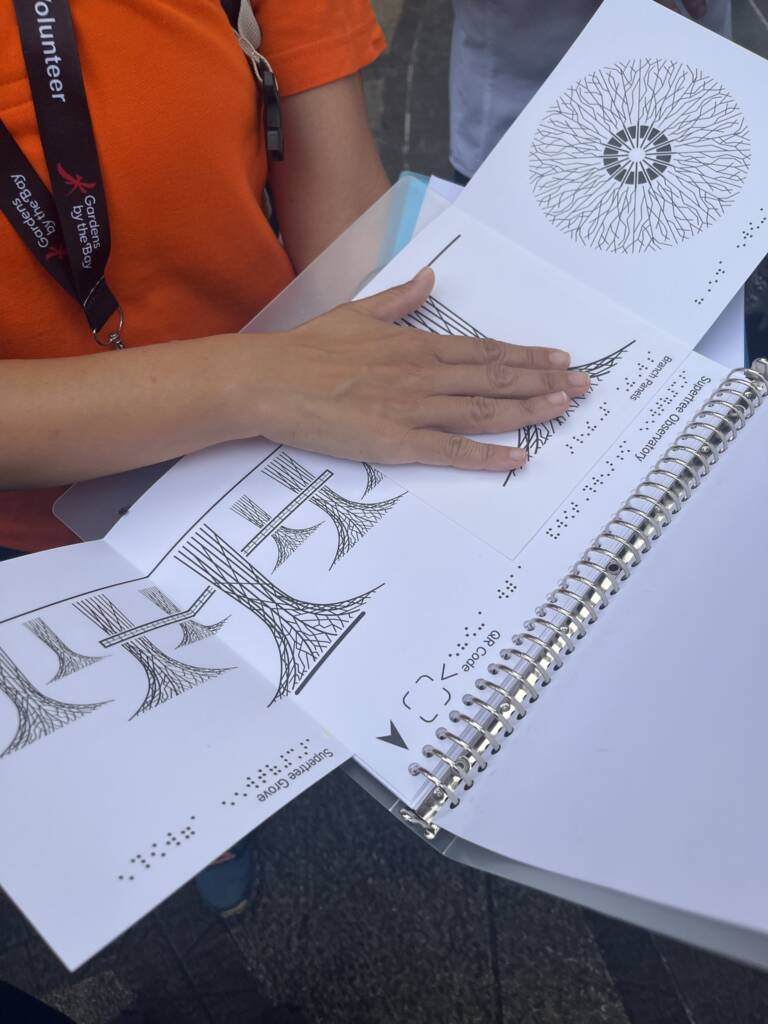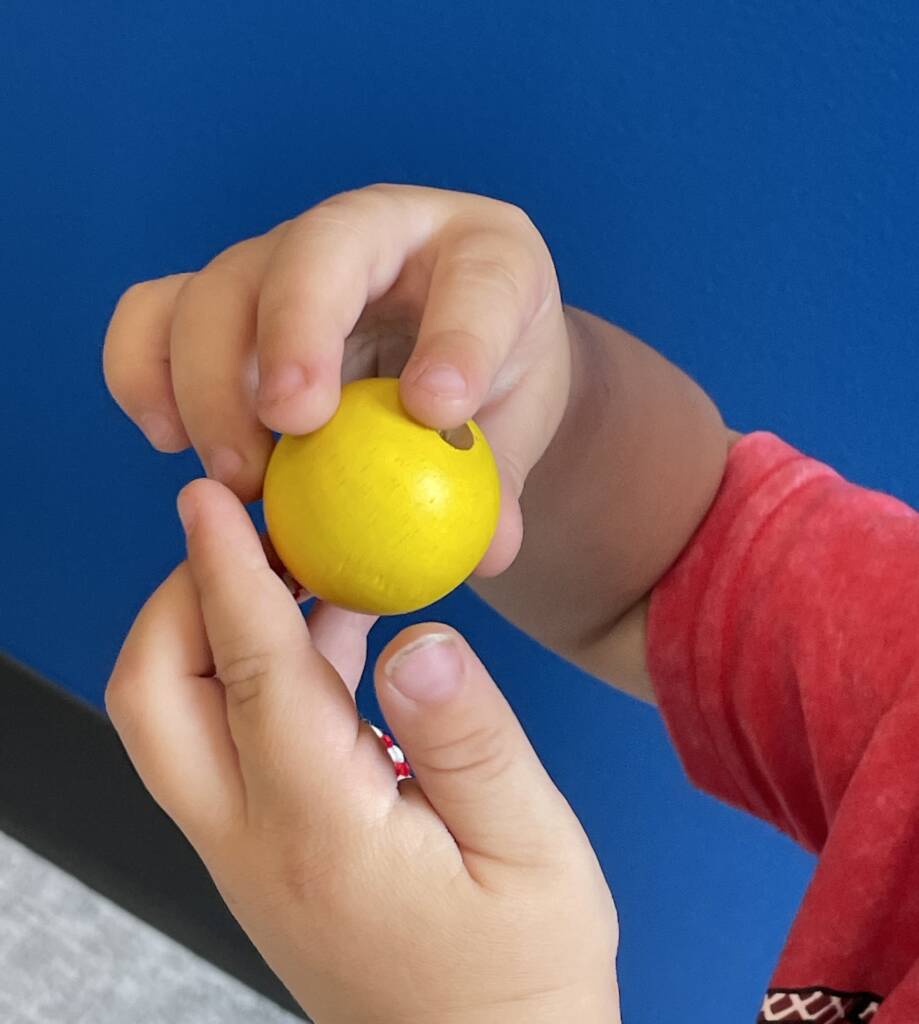For many people – whether they are older, or have mobility or sensory challenges – traveling can be complicated. Efforts to improve accessibility have grown, but most still focus on mobility.
Let’s widen the conversation: think about the last time you traveled. How much of that depended on sight?
At Beyond Vision International (BVI), a non-profit based in Hong Kong, we use tactile graphics with audio descriptions to help the visually impaired explore culture, art, architecture and communities.
For the visually impaired, accessibility is not just about reaching a destination, but experiencing it on equal terms. From appreciating a building’s history to noticing a painting’s smallest details, many travel experiences rely on sight – yet few attractions or guides address this gap.

Over the past two years, BVI created visual impairment-friendly guided tours of two local Hong Kong communities which are rich in culture and community stories. The experience showed us that making the world more VI-friendly requires much more professional collaboration and resources: guide training in accessibility and description, accessible tactile materials for visualization, community education and more.

When we brought the model to Singapore’s Gardens by the Bay, it attracted visually impaired travelers from abroad. Statistics show that in some developed countries, two-thirds of people with disabilities are able to travel – along with their companions, they represent tremendous market potential.

For a visually impaired traveler, a journey is complete only when visual information and content are made accessible and transformed into sensory experiences that allow them to truly connect with the essence of a place.
We can and must do more: ensuring every museum, attraction and community tour offers accessibility tools and trained guides. This would be a win for VI travelers, for public awareness and for the economy.
Imagine a globe where, regardless of ability, everyone can share in the joy of discovery, traveling barrier-free across all the world. Isn’t that worth aiming for?
And, last but not least, if you want to know more about how Beyond Vision International applied the tactile approach to enhance visually impaired people’s learning and access to culture, stay tuned with us!




